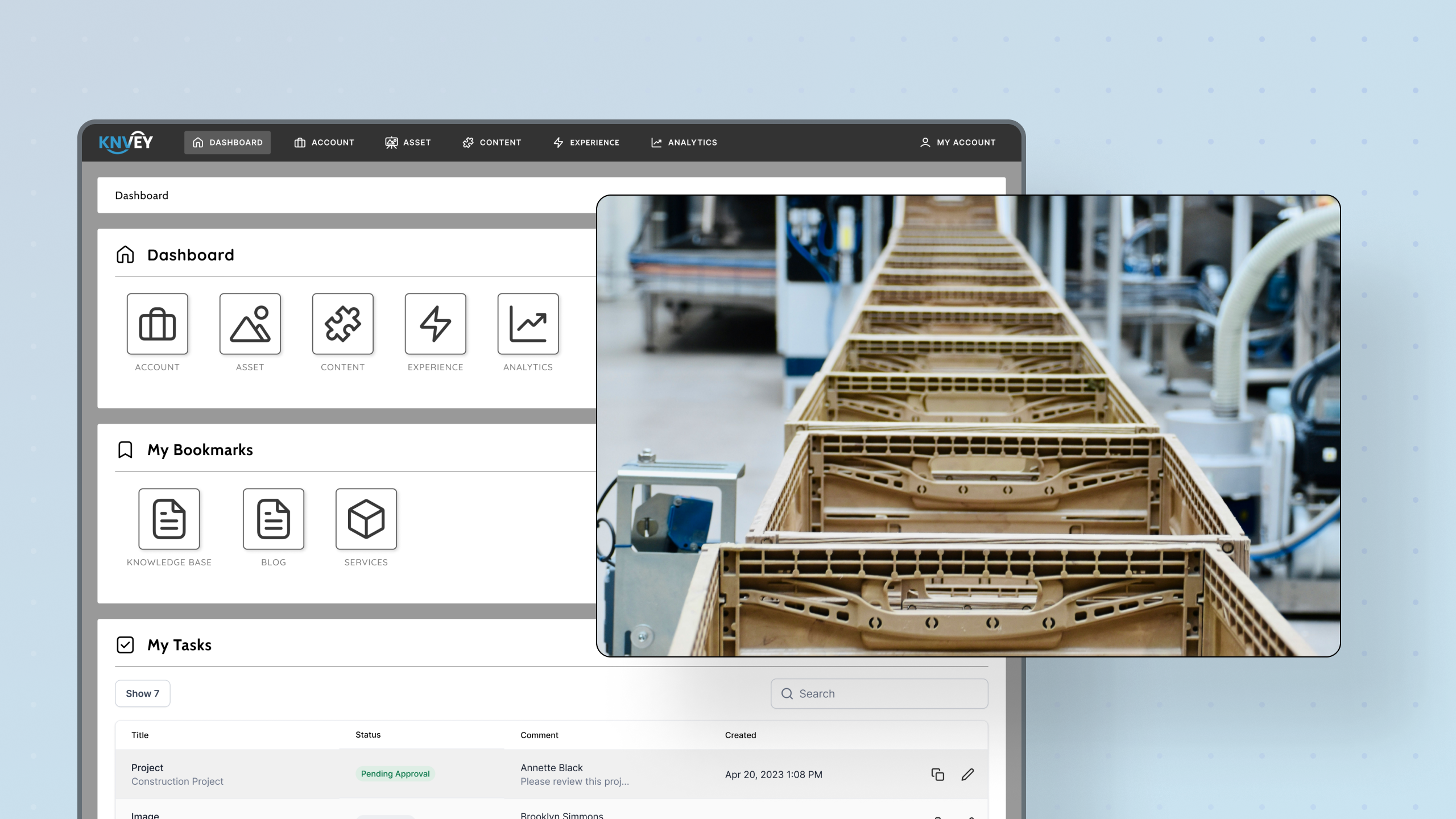Generating Revenue Through eCommerce
One of the most compelling reasons for B2B manufacturers to embrace eCommerce is its potential to significantly boost revenue. Traditional sales methods, while still valuable, can be limiting in terms of reach and efficiency. Here’s how eCommerce helps in this regard:
- Expanded Market Reach: By going online, manufacturers can reach a global audience, breaking the geographical barriers that restrict their customer base. This expanded reach means more potential customers and, consequently, more sales opportunities.
- Streamlined Sales Process: eCommerce platforms automate many aspects of the sales process, from order placement to payment processing. This automation reduces the need for manual intervention, allowing sales teams to focus on high-value tasks and increasing overall sales efficiency.
- Data-Driven Decisions: eCommerce platforms provide valuable insights through analytics. Manufacturers can track customer behavior, preferences, and buying patterns to make informed decisions, tailor their offerings, and launch targeted marketing campaigns that drive sales.
Easy Access to Information
In the B2B sector, having easy access to detailed product information is crucial for decision-makers. eCommerce platforms excel at providing this:
- Comprehensive Product Listings: An online platform allows manufacturers to showcase their entire product range with detailed descriptions, specifications, images, and videos. This comprehensive presentation helps potential customers understand the product better and make informed purchasing decisions.
- Search and Filter Capabilities: Advanced search and filter options enable customers to quickly find the products they need. This convenience is particularly important in B2B transactions, where buyers are often looking for specific items or solutions.
- Up-to-Date Information: With eCommerce, manufacturers can easily update product information, availability, and pricing in real-time. This ensures that customers always have access to the most current information, reducing the chances of miscommunication and errors.
Enhancing Customer Satisfaction
Customer satisfaction is a key driver of repeat business and long-term success. eCommerce platforms contribute significantly to customer satisfaction in several ways:
- Seamless Ordering Experience: The ease of placing orders online is a significant advantage. Customers can order at their convenience without the need for lengthy phone calls or emails. A user-friendly interface and a smooth checkout process enhance the overall buying experience.
- Order Tracking and Transparency: eCommerce platforms often include order tracking features, providing customers with real-time updates on their purchase status. This transparency builds trust and keeps customers informed, leading to higher satisfaction levels.
- 24/7 Availability: One of the most significant benefits of eCommerce is that it allows manufacturers to be open for business around the clock. Customers can place orders, request quotes, or seek information at any time, making the buying process more convenient and accommodating different time zones and schedules.
Always Open for Business
In the digital world, the concept of "business hours" becomes obsolete. eCommerce platforms ensure that manufacturers are always open for business:
- Global Accessibility: Customers from different parts of the world can engage with the business at any time, breaking down time barriers and enabling continuous operations.
- Automated Customer Service: Features like chatbots and automated email responses ensure that customers receive immediate assistance, even outside regular business hours. This constant availability improves customer service and ensures that inquiries and issues are addressed promptly.
- Reduced Downtime: An eCommerce platform minimizes downtime due to its automated processes and self-service capabilities. Customers can access information, place orders, and resolve issues independently, leading to a smoother and more reliable service experience.



